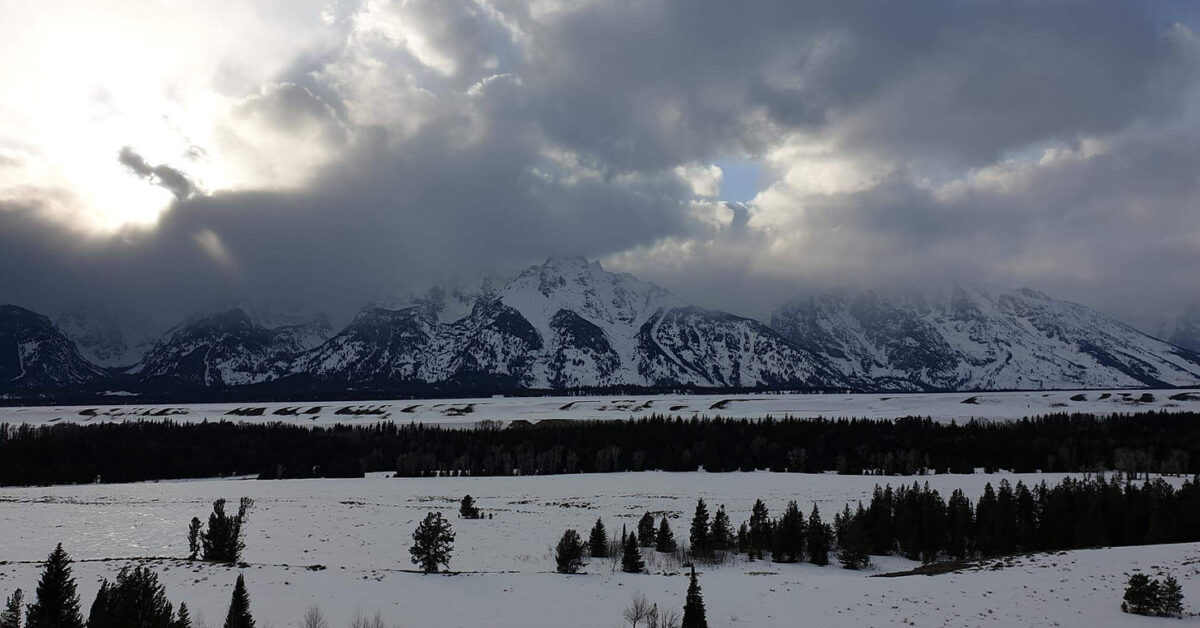
While I likely will never meet you (the reader) I hope that you find this story helpful and entertaining.
My name is Connor, I am a college student in Colorado and my summer job is working for working for Golden Mountain Guides. While this job is way better than flipping burgers at the local McDonald’s that is not why I wanted it. I wanted it because I had seen the way that guides think about the mountains and wanted to learn how to do that.
My parents came from New York and California, so when they signed me up for climbing club at the local climbing wall when I was 8 they did not think much of it. I however found the thrill of climbing to be so much fun that I took to it quickly choosing it over other sports like hockey (pff who plays hockey anyway?). As I got better at climbing I realized that there had to be more to it than the clean simple pink holds in the gym. That is when I was taken outdoor climbing for the first time. We went up to one of the local crags and I watched as the guide pulled out all of these tools and began to climb up the wall dragging the rope behind him and knew that I wanted to do that.
In high school the way that I climbed changed, I went from climbing the easy top rope stuff to lead climbing all of the overhung difficult routes I could find. This meant that I suddenly had some of the skills to began to climb outdoors and take the sport to new places. Soon there after I went with some friends who said that they knew how to climb outside and knew what they were doing. But it quickly became apparent that my definition of qualified to climb outside and theres differs drastically. The anchor they used to attach themselves to the wall was messy and revolved around one line not breaking, and they spent huge amounts of time at the top setting this system up. This is when I asked Golden Mountain Guides for a job on a whim.
To my great surprise they said yes. On my first day of work I learned that I did not know half as much as I thought that I did about climbing. The amount of work that goes into a trip and the amount of different things that had to be taken into consideration was enormous. I began to learn how to set up anchors, use my rope to tether myself saving time, and how to move in the fast in the mountains. This all came with the experience of time in the mountains looking after others. The next summer I went climbing with my friend again and released that I was able to recognize what was safe and efficient and what was not. Yet the biggest change from that first trip was the mindset, I was not only looking at the route but at the rocks above and around it. I had begun to look at the climbers above me and speculate about the potential risk they possessed. These beginnings of experience and change in mindset allowed me to climb comfortably with my friends.
The hard part of climbing is not the sport its self but the risk verses reward calculation that has to be continuously done. Because what might be relatively safe and lower risk one minute could change rapidly requiring the climber to change with it. While nobody is perfect at this calculation the people that are the best at making this decision on short notice and with limited data are guides. Thus when I recommend that you use guides to help you learn to make this calculation I mean it.


Content Copyright © 2024 of Golden Mountain Guides. All rights reserved. | Privacy Policy | Site Map